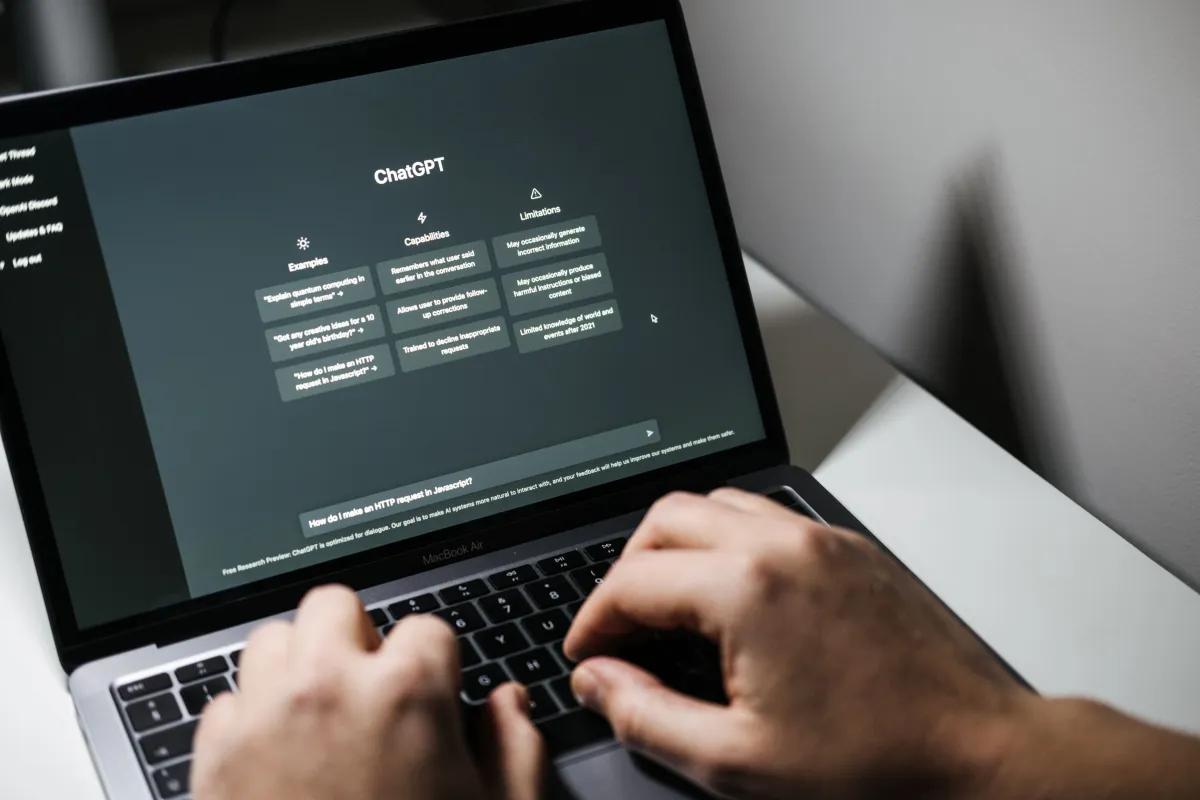Much Ado About… ChatGPT
This year saw the rise of Chat Generative Pre-Trained Transformer, or more popularly, ChatGPT. ChatGPT is an AI chatbot that creates humanlike conversational dialogues using a natural language processing model. Many educators were left with mixed feelings as this tool seemed to be an apparent gateway for higher plagiarism rates, poor language learning and, more worryingly – the weakening and waning of critical thinking among students, particularly in higher education.
Though it is a warranted worry, the better option is to learn to embrace its potential and be prepared to navigate through its loopholes! Thus, it is significant for educators to adopt an open mindset on the use of ChatGPT and other AI-related tools to enhance their teaching and learning environment. However, educators must also work on staying vigilant over some of its weaknesses.
Why embrace ChatGPT as part of classroom learning?
There are many advantages to adopting this chatbot, particularly for the 21st-century generation of learners. First is encouraging personalised learning where ChatGPT can adapt to individual student's needs and learning styles, providing tailored explanations and resources. This personalised approach can enhance engagement and comprehension as learners receive information in a way that resonates with them.
Second, when encouraged in its use, ChatGPT could be used as a supplemental learning source that can provide additional explanations, examples, and resources. It can reinforce concepts taught in class and offer alternative perspectives, enhancing the overall understanding of a topic.
Third, as present-day learners are digital natives, technology-related tools reverberate with them. This means that interacting with ChatGPT can be an engaging and interactive learning experience for most, if not all, students, as they may find it interesting to learn through conversations and discussions, as opposed to traditional reading or lectures.
Fourth, when tasked appropriately, the chatbot can be used for revision and review. The tool may be more beneficial to review and revise previously learned concepts than traditional methods. They may ask questions to reinforce their memory and understanding before submitting assessments or sitting for exams.
Fifth, as learners are diverse and student numbers can be high in some courses, shy or introverted students may be overlooked. Hence, some of these students might feel more comfortable asking questions to the chatbot than speaking up in a classroom. Indirectly, it could boost their confidence and slowly push them to participate in their learning actively.
And sixth, as AI consistently updates itself, the tool could encourage continuous learning. It can be a resource for lifelong learning, helping people of all ages explore new interests and acquire knowledge in a flexible and accessible manner.
No doubt, these are some of the wonders of the tool. However, human educators will not be replaced this easily. This is because educators remain experts in their subjects or fields and play an essential role in honing critical thinking skills. Experts are also helpful in verifying accuracy, which AI tools are still incapable of. In conclusion, it can be said that ChatGPT is most effective when used as a supplementary tool alongside expert guidance.
Priyadharshini Ahrumugam
School of Arts
Email: @email




